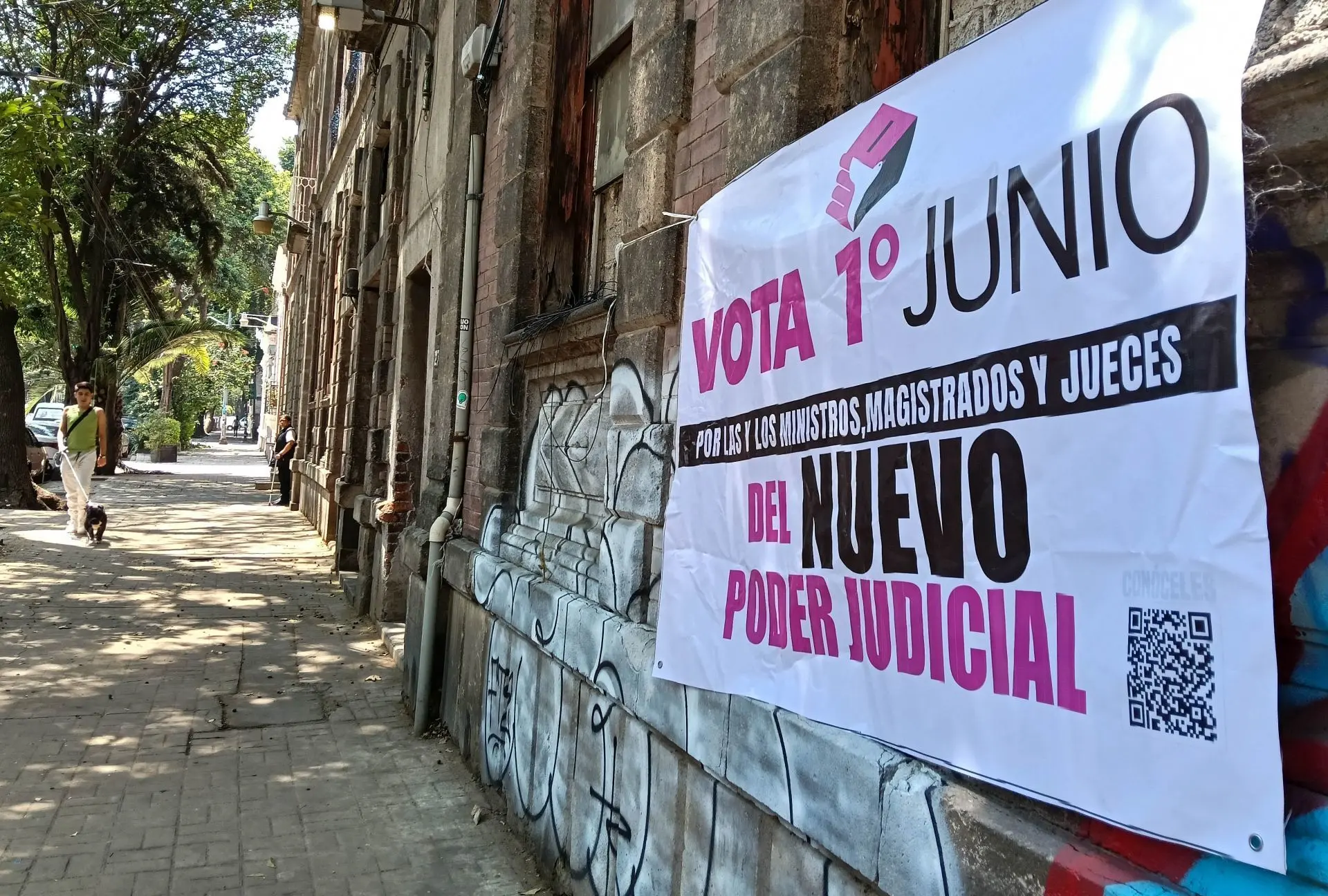
Authorities of the Mexican state of Michoacán were again outraged to see yet another prominent drug operative set free. Alleged Zacapu region crime organization head Jesús R, also known as “El Chuy,” was apprehended by Michoacán authorities and seen before a judge before being released based on reasonings they consider to be “irrelevant.”
State Governor Alfredo Ramírez Bedolla denounced the judge’s ruling as a “failure and [example of] corruption within the federal justice system. It’s terrible, we can’t keep covering up corrupt judges.”
This is a common source of frustration at both the local and the national level. So much so that the Mexican government stated that on March 3, 29 much-sought-after drug kingpins were transported to the U.S. to be fast-tracked to avoid delayed extradition or release by complicit federal judges.
However, a national association of judges (National Association of Circuit Magistrates and District Judges of the Federal Judicial Branch) protested criticism related to El Chuy’s case as “clear meddling in judicial independence and an attack on the federal judicial branch’s integrity.”
In the still-current justice system, created by a constitutional reform in 1996 and set by a similar amendment to be replaced next August, judicial oversight is an exclusive responsibility of the federal judiciary council (Consejo de la Judicatura Federal).
However, an investigation by journalist Zorayda Gallegos at Quinto Elemento Lab proved that this has already been systematically done with stunning leniency: From 2000 to 2023, this Council brought accusations for 23 judges before the prosecutor’s office, which resulted in zero sentences; 22 judges and 8 magistrates were dismissed from their posts; and it reprimanded 511 judges with written warnings.
This took place among wider public complaints about continual widespread judicial corruption. Meanwhile, between January 2022 and January 2025, judges have absolved, released or approved judicial benefits for 72 organized crime leaders accused of narcotrafficking, crimes against health, torture, and kidnapping.
The so-called “Cartel Jalisco Nueva Generación”–the most powerful crime organization–was found to be the group that benefited the most, followed by the Cartel de Sinaloa.
A NEEDED REFORM
In the current system, Supreme Court ministers are proposed by the president and approved by a two-thirds vote in the Senate. If the attempt to get the Senate vote is unsuccessful, the executive power may directly designate new members of the highest tribunal. Together, former president Andrés Manuel López Obrador and his successor, President Claudia Sheinbaum–both from the same party–will have proposed most justices by 2027.
Yet, López Obrador and Sheinbaum moved to change the system so that judges at all levels will be elected by popular vote next June. The federal judiciary council will be replaced by two new branches with expanded functions: a judicial administration body and a judicial disciplinary tribunal.
This reform was approved last year by a two-thirds majority in both chambers of Congress, and by 22 state congresses, being rejected by only two.
The initiative was met by stiff resistance from an alliance of lawyers’ and judges’ networks who have existed in and vastly profited from corruption in the nearly-finished system.
When they asked the public “to defend us because we defend you,” very few felt compelled to agree.
Is popular vote the best way to elect supreme court ministers? Was it necessary to extend this procedure to absolutely all judges?
Widespread corruption in the judges’ ranks, where the good apples have proved to be rather rare, shows why a total overhaul is demanded by most voters and their legislative representatives. In the next three months, the effectiveness of the new mechanism will be put to the test.
Not without concerns: among the thousands of candidates for 881 posts, victims and associations have denounced some of them as criminals or citizens with dubious intentions who somehow managed to pass through the filters.
This is a worry that doesn’t supersede the popular perception that a new judicial system is badly needed.
Témoris Grecko is an award-winning Mexican political analyst, journalist and documentary maker, who has covered conflict and human rights in Mexico and 94 other countries and territories. One of his books, “Killing The Story. Journalists Risking Their Lives To Uncover The Truth In Mexico”, was published by The New Press in New York.
Related: The New York Times reports an adventurous visit to a fake fentanyl lab
Mexican Press Agency is part of ALMA, which is dedicated to news and information about Mexico and Mexicans in the United States and is a fiscally sponsored project of Social Focus, a 501(c)(3) nonprofit organization based in Redwood City, California.